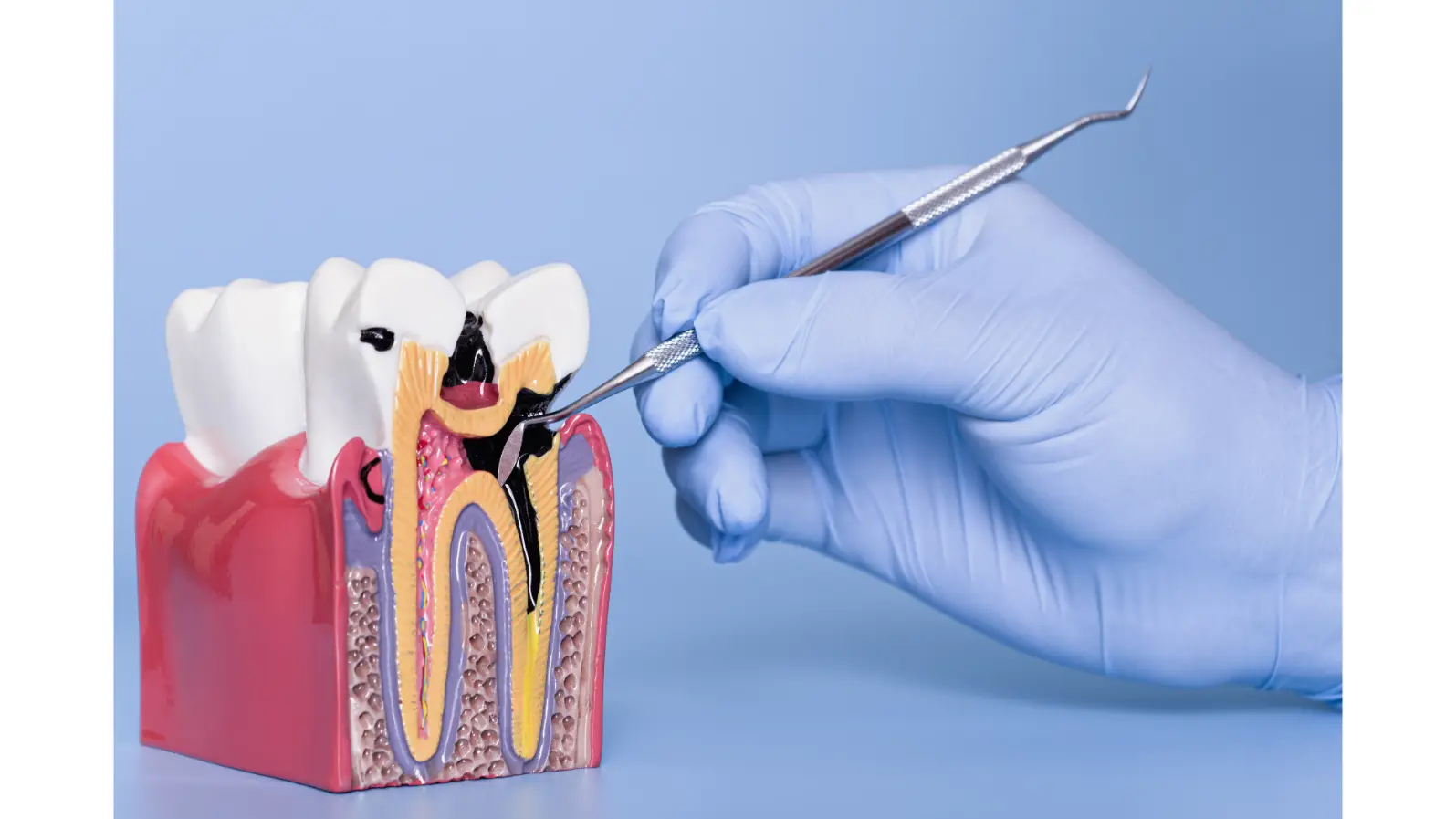
A Hidden Accomplice in Childhood Tooth Decay
A Fresh Look at an Old Problem
Tooth decay is one of the most common childhood diseases worldwide, affecting hundreds of millions of children. For decades, scientists have pointed to Streptococcus mutans—a sugar-loving bacterium—as the main culprit behind cavities. But dentists have long suspected that the story might be more complicated. Cavities don’t form in isolation: they develop in sticky, multi-species biofilms (dental plaque) where microbes interact in surprising ways.
A new study published in Nature Communications sheds light on a surprising partner in crime: Selenomonas sputigena, a little-known bacterium that usually lives below the gum line. Researchers found that while this microbe cannot cause cavities on its own, it becomes dangerous when paired with S. mutans.
What the Researchers Did
Scientists analyzed dental plaque samples from more than 400 preschool children. Using advanced “multi-omics” techniques (which combine genetic and activity-based data), they mapped which bacterial species were most strongly linked to early childhood caries.
From this large dataset, they identified 16 bacterial species associated with cavities, but one stood out—S. sputigena. The team then performed laboratory experiments and animal studies to see how this bacterium behaves with S. mutans.
The Surprising Partnership
The results were striking. In lab-grown biofilms, S. sputigena became physically trapped in the sticky sugar matrix made by S. mutans. Instead of dying off, it multiplied rapidly, losing its ability to swim but forming dense, honeycomb-like structures around clusters of S. mutans. This protective cage supercharged acid production, the main chemical process that erodes tooth enamel.
In rodent models, S. sputigena alone did not cause cavities. But when combined with S. mutans, the two bacteria caused severe enamel damage and extensive tooth decay—much worse than S. mutans alone
Why It Matters
This discovery challenges the long-standing “single-villain” view of childhood cavities. Instead, cavities may be driven by teamwork between established pathogens and hidden “pathobionts”—normally harmless microbes that become dangerous in certain contexts.
Understanding these microbial partnerships could open new avenues for prevention and treatment. Instead of targeting just S. mutans, future therapies might focus on disrupting harmful alliances within the biofilm.
Conclusion
The study reveals Selenomonas sputigena as a previously unrecognized accomplice in childhood tooth decay. By teaming up with Streptococcus mutans, it helps build uniquely structured, highly destructive biofilms. This insight not only deepens our understanding of cavities but also highlights the importance of looking at oral diseases as the product of microbial communities—not single pathogens.
Reference:
Cho H., Ren Z., Divaris K., et al. (2023). Selenomonas sputigena acts as a pathobiont mediating spatial structure and biofilm virulence in early childhood caries. Nature Communications, 14:2919. https://doi.org/10.1038/s41467-023-38346-3